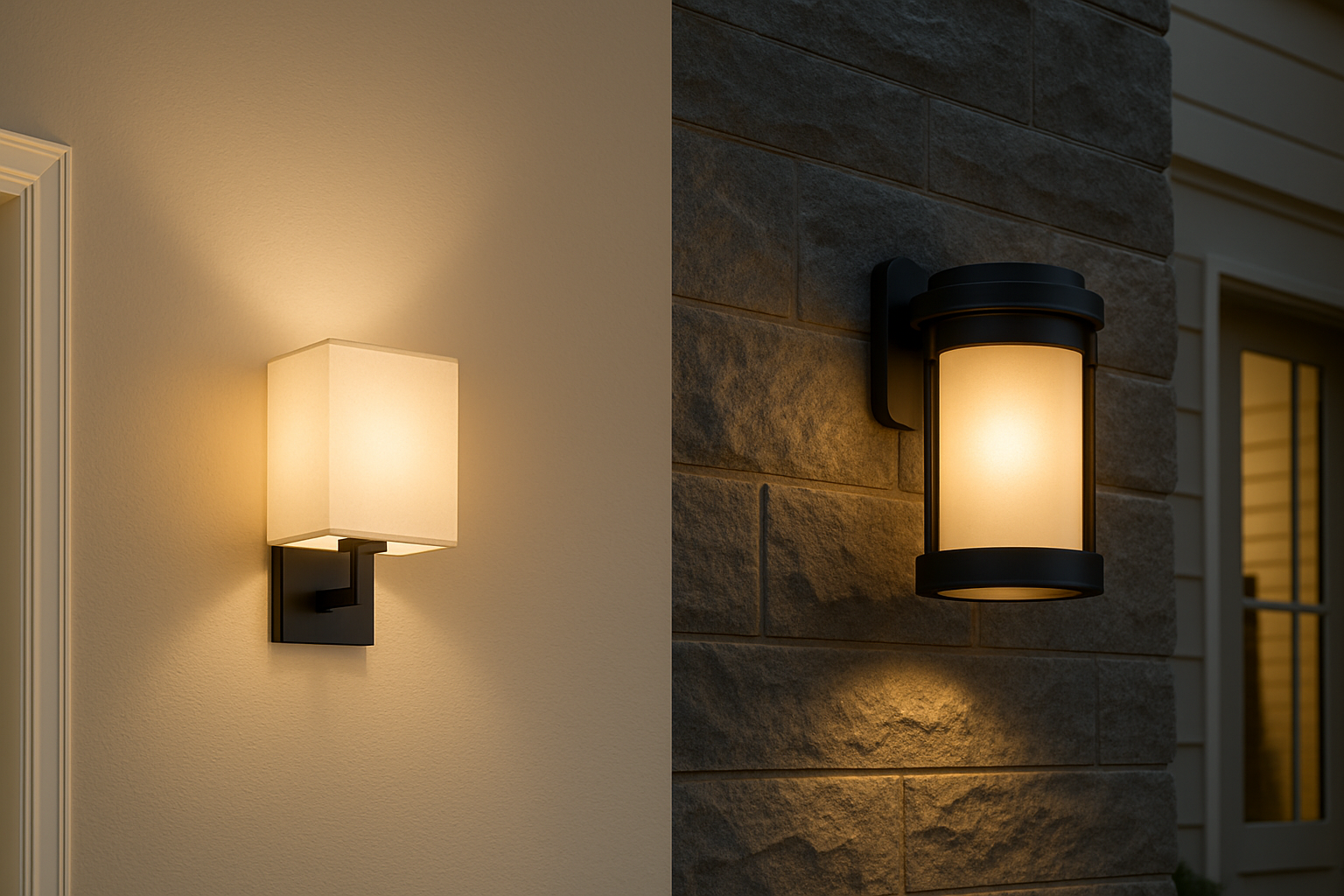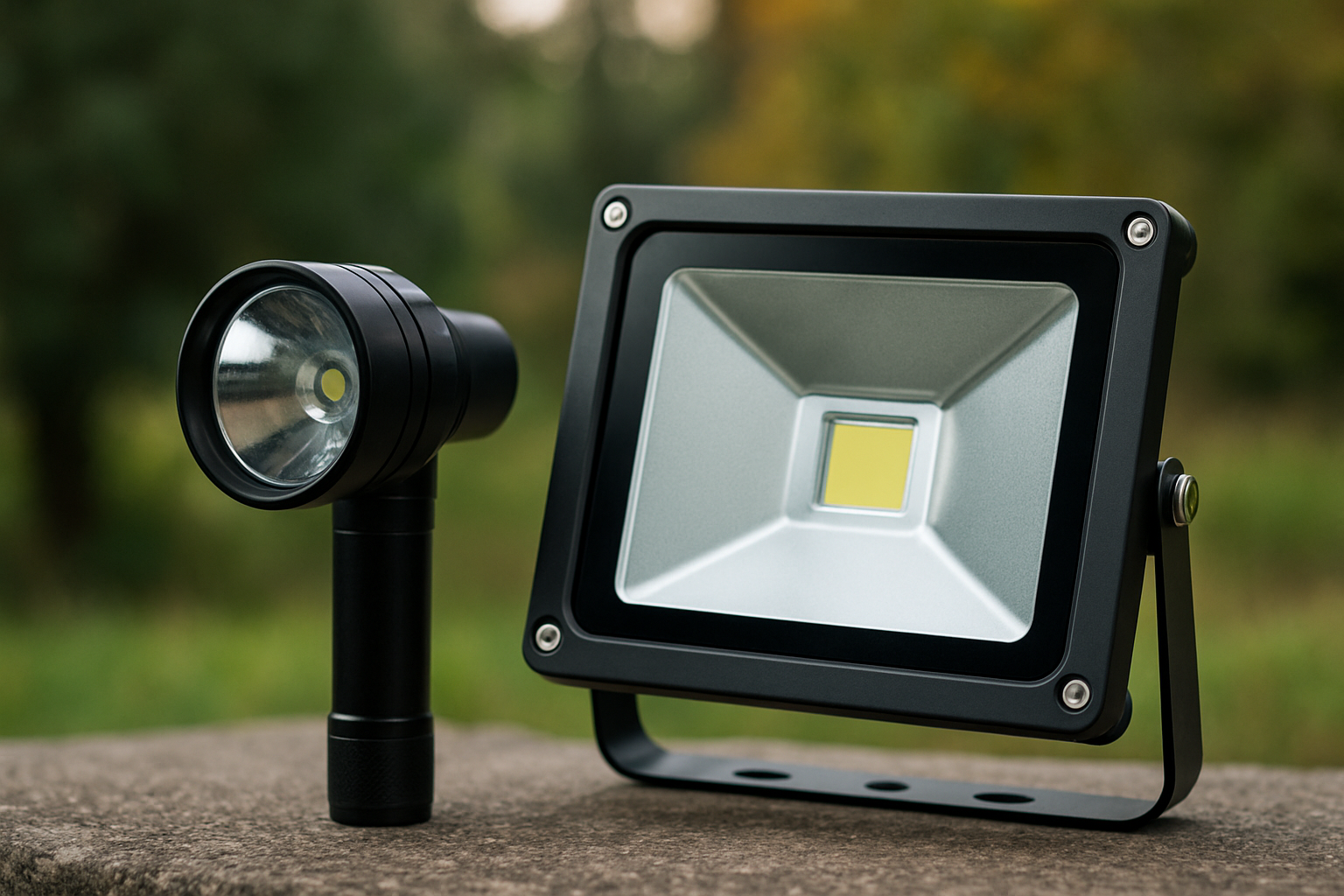Wall lights serve as both decorative and functional lighting elements—but not all are created equal. Choosing the right fixture depends heavily on where it will be installed. Indoor and outdoor wall lights may look similar, but they’re designed with very different requirements in mind. Here’s how to make the right decision based on location, durability, style, and safety.
Key Differences Between Indoor and Outdoor Wall Lights
-
Weather Resistance
-
Outdoor lights must withstand rain, heat, dust, and extreme temperatures. They typically come with IP (Ingress Protection) ratings.
-
Indoor lights don’t need weatherproofing and often focus more on design and aesthetics.
-
Material Durability
-
Outdoor fixtures are usually made of stainless steel, aluminum, or weather-treated plastics.
-
Indoor fixtures may use delicate materials like fabric, wood, or decorative glass.
-
Brightness & Coverage
-
Outdoor wall lights are designed for wide or focused beam distribution to improve visibility and security.
-
Indoor lights generally provide softer, ambient lighting for comfort and mood-setting.
Best Uses for Indoor Wall Lights
-
Accent Lighting: Highlight art, mirrors, or architectural features.
-
Bedroom Lighting: Mounted above beds for reading without taking up nightstand space.
-
Hallways & Stairs: Create smooth illumination for walking paths and transitions.
-
Living Spaces: Add elegance and warmth when layered with ceiling lights or lamps.
Best Uses for Outdoor Wall Lights
-
Entryways & Porches: Provide safety and visibility at doors and gates.
-
Path Lighting: Mounted along garden walls or fences to illuminate walking paths.
-
Garage & Driveways: Improve security and nighttime visibility.
-
Accent Features: Light up landscaping or architectural elements for curb appeal.
What to Consider When Choosing a Fixture
-
Location & Exposure: Will the light face direct rain, or is it under a covered patio?
-
Power Source: Consider whether you need hardwired, battery-operated, or solar-powered options.
-
Style Consistency: Match finishes and designs to your existing decor—modern, rustic, industrial, etc.
-
Color Temperature: Choose warmer tones (2700K–3000K) for cozy spaces and cooler tones (4000K–5000K) for security or outdoor tasks.
-
Smart Control Options: Look for motion sensors, dusk-to-dawn functionality, or app control for convenience.
Final Thoughts
Indoor and outdoor wall lights each play vital roles in the design and function of your home. By understanding their differences and specific benefits, you can choose fixtures that are both beautiful and practical—no matter where you install them.


